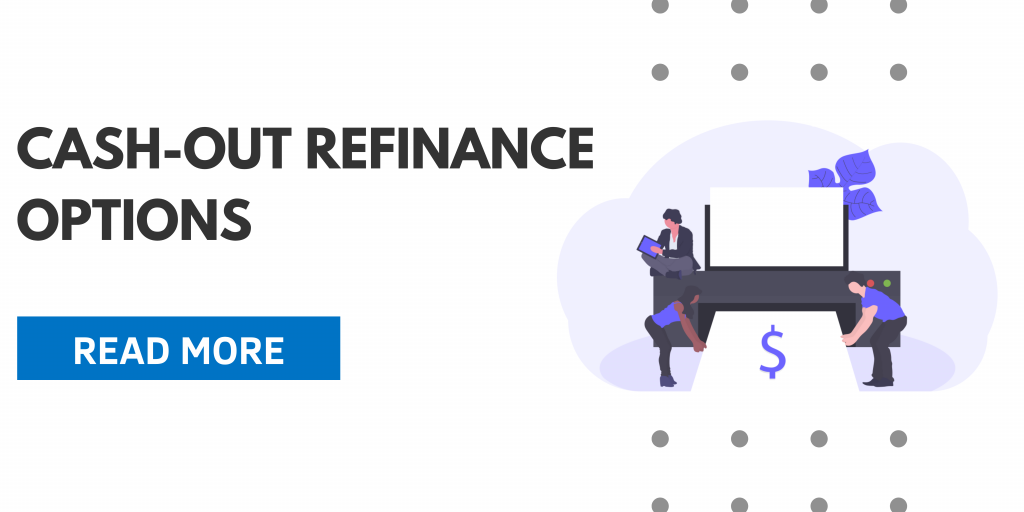You may have heard of finance leases if you’re in the market for a new car. But what are they? How do they work? And are they right for you?
In this article, we’ll answer all those questions and more! We’ll start by explaining what a finance lease is, and then we’ll talk about the benefits and drawbacks of using one. By the end of this article, you’ll know everything you need to decide if a finance lease is right for you.
Talking About Leasing
When you finance a lease, you agree with a company where you agree to use their vehicle for a set period of time. The company that provides the car is known as the lessor, and you, the lessee.
Leases often involve big-ticket items like cars, trucks, or other vehicles. The lessee pays the lessor a certain amount each month for the right to use the vehicle during that period.
The ASC 842: Its Relevance To Leasing
ASC 842 The Financial Accounting Standards Board (FASB) has issued the new lease accounting standard. ASC 842 requires companies to recognize all leases on their balance sheets instead of allowing some off-balance sheet treatment.
The update’s primary goal is to provide greater transparency around leasing arrangements. In the past, many leases were classified as operating leases, which meant they did not have to be reported on the balance sheet.
The new standard, however, requires that balance sheets report all leases as either an asset or a liability. As a result, it will give investors and creditors a more accurate picture of a company’s financial health.

What Is Finance Lease?
A finance lease is a long-term rental agreement between a lessee and a lessor. The lessee agrees to make periodic payments to the lessor over the term of the lease, and in return, In this agreement, the lessor agrees to provide the lessee with the use of an asset. It could be something like a car or a piece of equipment.
Lessees will not own the asset during the lease term. However, they may buy it at the end of their contract for a set price. Finance leases are often used by businesses that need to acquire assets but need more cash upfront to purchase them outright.
However, finance leases can also be used by individuals. For example, someone who wants to lease a car for personal use may enter into a finance lease with a car dealership. The terms of finance leases can vary widely, so it is essential to carefully review all agreements before signing them.
A finance lease, sometimes called a capital lease, is a leased agreement in which the lessee (you) agrees to pay for the entire cost of the leased item over time. The lessor (the company providing the vehicle) retains ownership of the item. Capital leases can affect a company’s balance sheet and overlay business operations.
Still, you have exclusive use and can purchase it at any time during the lease term for a predetermined price. Unlike traditional leases, finance leasing involves more significant upfront and higher monthly payments than standard leases. It is because the lessee (you) is essentially paying for the entire vehicle cost with interest expense over time.
Finance Lease: How They Works
Finance leases work by allowing the lessee to pay for the entire cost of an asset (i.e., a car) over time instead of paying for it in one lump sum. The lessor retains ownership of the asset throughout the lease term and has the right to repossess it if the lessee fails to make payments.
At the end of their lease, the lessee can buy the asset at a predetermined price or return it to its original owner.
The Benefits Of Finance Lease
There are a number of benefits associated with this type of leasing arrangement.
Firstly, it enables businesses to acquire assets they may not otherwise be able to afford.
Secondly, it provides greater flexibility than traditional hire purchase agreements, and Businesses can return the asset at the end of their lease term if it’s no longer needed.
Finally, finance leases often come with maintenance contracts, which help reduce the cost of ownership over the asset’s lifespan.
For these reasons, finance leases can attract businesses when acquiring new plants and machinery.
Five Factors Must Be Met For A Lease To Fall Under The Category Of “Financing Lease:”
1. The lease term must be for most of the economic life of the asset
2. The lessee must have the option to purchase the asset at a predetermined price
3. Title or ownership of the asset always remains with the lessor
4. The lessee must bear all risks associated with owning and operating the asset
5. The lease payments must be sufficient to recover the asset’s cost in the present value.
If these criteria are met, then a lease is likely considered a financing lease and will have been structured in such a way as to provide both parties with the most significant benefit.
The Advantages of Finance Lease
A number of advantages come with entering into a finance lease agreement.
First, it can provide much-needed access to equipment and machinery that may be beyond the financial reach of a business.
Second, it can amortize The amount of money an asset will lose over time, making budgeting easier.
Finally, businesses can purchase the asset outright at the end of the lease period.
For many businesses, a finance lease can be a flexible and cost-effective way to acquire essential equipment.
The Drawbacks Of Finance Lease
While there are many advantages to financing lease agreements, they have some drawbacks.
With a finance lease, the lessee pays the lessor over the length of the lease. When the lease is up, they can choose to buy out the asset for its then-current value.
One potential drawback of a finance lease is that the lessee may be obligated to make payments even if the asset is not being used. For example, if a company leases a factory that it then decides to close, it may still be required to make lease payments even though it is not in use.
In addition, a finance lease may tie up capital that could be used for other purposes, such as investing in new equipment or expanding the business.
Finally, If the lessee wishes to return the asset before the end of the lease, they might have to pay a large early termination fee. Therefore, as with any financial agreement, it is essential to consider all potential risks and benefits before entering into a finance lease.
Generally
A finance lease can be a beneficial agreement for businesses seeking to acquire new equipment or machinery. It enables businesses to purchase assets that may otherwise be beyond their financial reach while also providing flexibility in terms of length and payment structure.
However, weighing the potential risks and costs is essential before entering such an arrangement. By understanding all of the potential benefits and drawbacks of a finance lease, businesses can make an informed decision that is in the best interests of their business.
By understanding how a finance lease works, businesses can make informed decisions that align with their goals and financial circumstances. With careful consideration and research, a finance lease can be an effective way to acquire needed equipment or machinery while keeping.
FAQs
What is the effect of finance leases on financial statements?
Finance leases will appear on a company’s balance sheet as an asset and a liability. The asset is the leased item, and the lease liability corresponds to the remaining payments owed by the lessee.
Can I depreciate a finance lease?
Yes, it is possible to depreciate the asset within a finance lease. In addition, the lessee can depreciate the leased item over the life of the lease agreement.
What happens to a finance lease when a business goes bankrupt?
When business files for bankruptcy, any assets it holds through finance leases must be listed in its petition to the court. The bankruptcy court will then decide how to handle the asset to maximize its fair value for creditors.

Can a finance lease be terminated early?
Yes, it is possible to terminate a finance lease before its term is up. However, this may result in fees or penalties being charged, so it is essential to read all the lease agreement terms before signing.
What is the difference between a finance lease and an operating leases?
An operating and finance leases differs at the end of a finance lease’s term, and the lessee may purchase the leased asset. In contrast, an operating lease requires the lessee to return the underlying asset upon expiration of the lease period.



